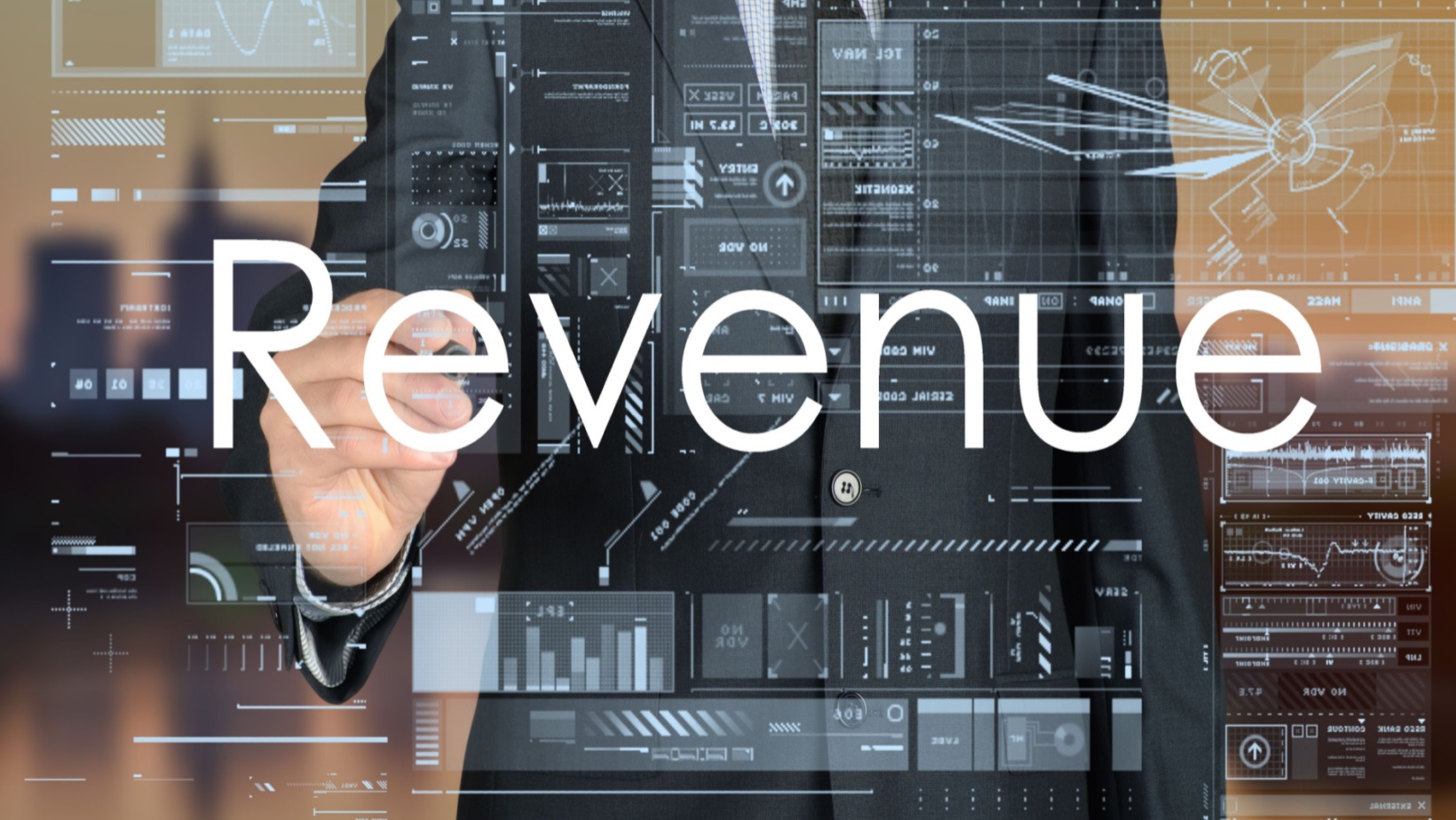Why Your Small Business Needs Robust Revenue Management from the Start
Every dollar counts for small businesses. Tracking those dollars, on the other hand, goes beyond ringing up sales and tracking inventory. If you want to keep your business growing, you need to understand and manage your revenue.
Revenue management is the strategic process of analyzing and optimizing sales to maximize revenue and profit. Specifically, here’s why all small businesses need to take revenue management seriously from the very beginning:
1. You can’t grow if you don’t know where your revenue is coming from.
Just because people are buying your products doesn’t mean you’re making money. So to really understand your business’s financial health, you need to track where every dollar of revenue is coming from.
For instance, let’s say you run a small bakery. You might think that your main source of revenue is the cakes and cookies you sell in your shop. But what if you also do a lot of custom orders for weddings and other events?
When you track your revenue, you might realize that those event orders are actually your most profitable revenue stream.
2. You need to know your margins.
Revenue is important, but it’s not the only number you need to focus on. Your profit margin — the percentage of each sale that’s pure profit — is just as important.
Say you’re selling a product for $100, and it costs you $50 to make it. Your profit margin is 50%, which means for every sale, you’re pocketing $50 in pure profit.
Now, let’s say you want to grow your business and start selling your product wholesale. You might be able to sell it for $200 per unit, but because you’re buying in bulk, your cost per unit goes down to $40. So now your profit margin is 80%.
Without this information, you may assume that selling wholesale is not as profitable as selling retail. But when you understand margins, you realize that it can actually be much more lucrative.
This is just a hypothetical scenario – in order to know your exact numbers, you need to track your revenue and costs carefully.
3. You need to understand your customer’s lifetime value

Your customer lifetime value (CLV) is the total amount of revenue you can expect to generate from a single customer over the course of their relationship with your business.
To calculate CLV, you need to know three things: the average purchase value, the average number of purchases per customer, and the average customer lifespan. A revenue management system can help you track this data and calculate CLV automatically.
Why is this important? Because the higher your CLV, the more you can afford to spend to acquire new customers.
If your CLV is $500 and it costs you $100 to acquire a new customer, you’re still coming out ahead. But, on the other hand, if your CLV is only $100, you’re losing money with every new customer you acquire.
4. You need to set pricing that maximizes revenue.
Many small businesses just charge whatever they think their products are worth without doing any market research or analyzing their costs. However, if you want to maximize revenue, you need to take a more strategic approach to pricing.
There are a few different pricing strategies you can use, but the key is to find one that works for your business and your customers.
For example, if you’re selling products with high margins, you can afford to charge lower prices and still make a good profit.
But, on the other hand, if your margins are slim, you’ll need to charge higher prices in order to make a reasonable profit. A revenue management system can help you find a profitable middle ground.
5. You need to track your sales data.
Sales data involves everything from how many units you sell to what time of day people are buying your products.
This information is critical for understanding your business’s revenue, but it’s also essential for making informed decisions about pricing, marketing, and product development.
A revenue management system makes it easy to stay on top of all this data. Aside from monitoring and recording sales data, it can also help you spot trends and make predictions about future sales.
6. You need to uncover opportunities for growth.
Revenue data is an excellent source of insights about your business. For instance, it can tell you that a certain product is selling well in a particular region or that a certain marketing campaign is driving a lot of sales.
You can then capitalize on these opportunities by expanding your offerings in that region or increasing your marketing efforts. This is how you can use revenue data to fuel growth and reach new heights.
7. You need to manage costs effectively.
In order to maximize revenue, you need to keep your costs under control. This means knowing exactly how much it costs to produce and sell your product and then making sure that your selling price covers these costs.
With a revenue management system, you can check the health of your business at a glance. For instance, if your costs are rising faster than your revenue, you’ll need to take action to correct the situation.
Final Thoughts
Revenue growth doesn’t just happen on its own – it requires a lot of effort and planning. That’s one of the most important reasons why revenue management is a fundamental part of running a successful business.
Business and technology services providers like Argano work with small business owners to help them overcome common revenue challenges. They understand the ins and outs of revenue management, and they buid digital solutions that make it easy to track sales data, set prices, and uncover opportunities for growth.

